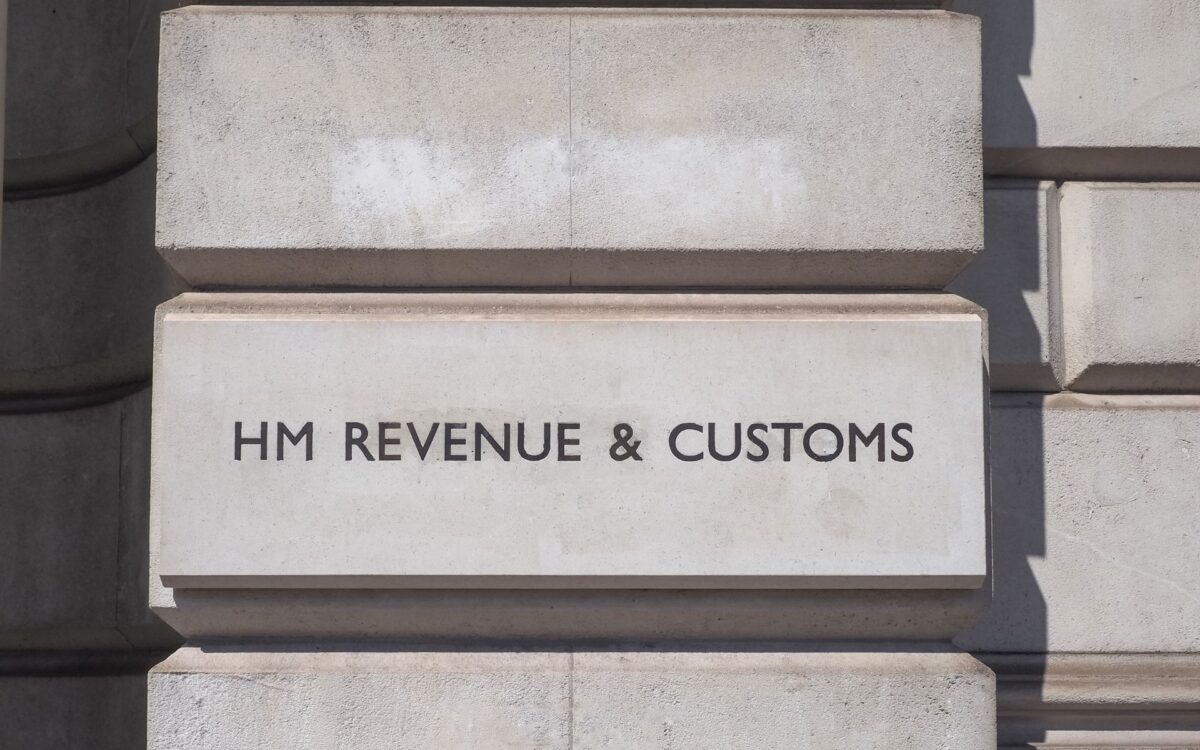Starting in April 2026, HMRC will introduce a significant change to the UK’s tax system, affecting self-employed individuals and landlords with incomes exceeding £50,000. According to Manchester Evening News, these individuals will be required to adopt the Making Tax Digital (MTD) system, which aims to streamline the way taxes are recorded and reported to HM Revenue and Customs. The new rule is designed to improve efficiency and reduce errors in tax reporting while also ensuring that businesses can manage their finances with greater ease throughout the year.
This shift marks a major change in how tax records are kept, aiming to create a more modern and efficient tax system. Let’s delve into what this means for businesses and what you need to know ahead of the implementation in 2026.
The Shift to Digital Tax Records
Starting April 2026, individuals earning above £50,000 will be required to keep digital records and submit quarterly summaries of their income and expenses via MTD-compatible software. This new measure will affect approximately 780,000 self-employed individuals and landlords, with additional people expected to be impacted by 2027. This system aims to make tax reporting more efficient and reduce the administrative burden on businesses.
The move towards digital is part of a broader push by the government to modernise the tax system, and it’s expected to save time for businesses by making tax processes easier to manage. With quarterly updates, businesses will be able to maintain a real-time view of their tax situation, ultimately reducing the risk of errors that often occur at the time of filing annual tax returns.
The Importance of Making Tax Digital
James Murray MP, Exchequer Secretary to the Treasury, emphasised the significance of MTD for Income Tax, noting that “MTD for Income Tax is an essential part of our plan to transform the UK’s tax system into one that supports economic growth.” This shift is designed not just to simplify tax reporting, but also to foster economic productivity. By making it easier for businesses to manage their tax obligations throughout the year, the government aims to ensure that everyone is contributing their fair share.
Murray highlighted that this change is part of a broader Plan for Change, aimed at removing the barriers to growth that have traditionally held businesses back. This new policy is framed as a crucial step towards modernising the UK’s entire tax infrastructure, supporting businesses in their journey toward more efficient operations and sustainable growth.
Steps for Self-Employed People and Landlords to Prepare
The changes won’t be immediate, giving individuals time to prepare. HMRC has urged those who will be affected to start familiarising themselves with the new requirements. By joining the testing programme now, self-employed people and landlords can ensure they are ready for the transition. Craig Ogilvie, Director of Making Tax Digital at HMRC, explained that “By signing up to our testing programme now, self-employed people and landlords will be able to familiarise themselves with the new process and access dedicated support from our MTD Customer Support Team, before it becomes compulsory next year.”
This preparation phase is vital for ensuring that those impacted by the changes are able to use the new system with confidence. Participants in the testing programme will get access to resources and support, helping them get accustomed to the digital requirements ahead of the deadline.









